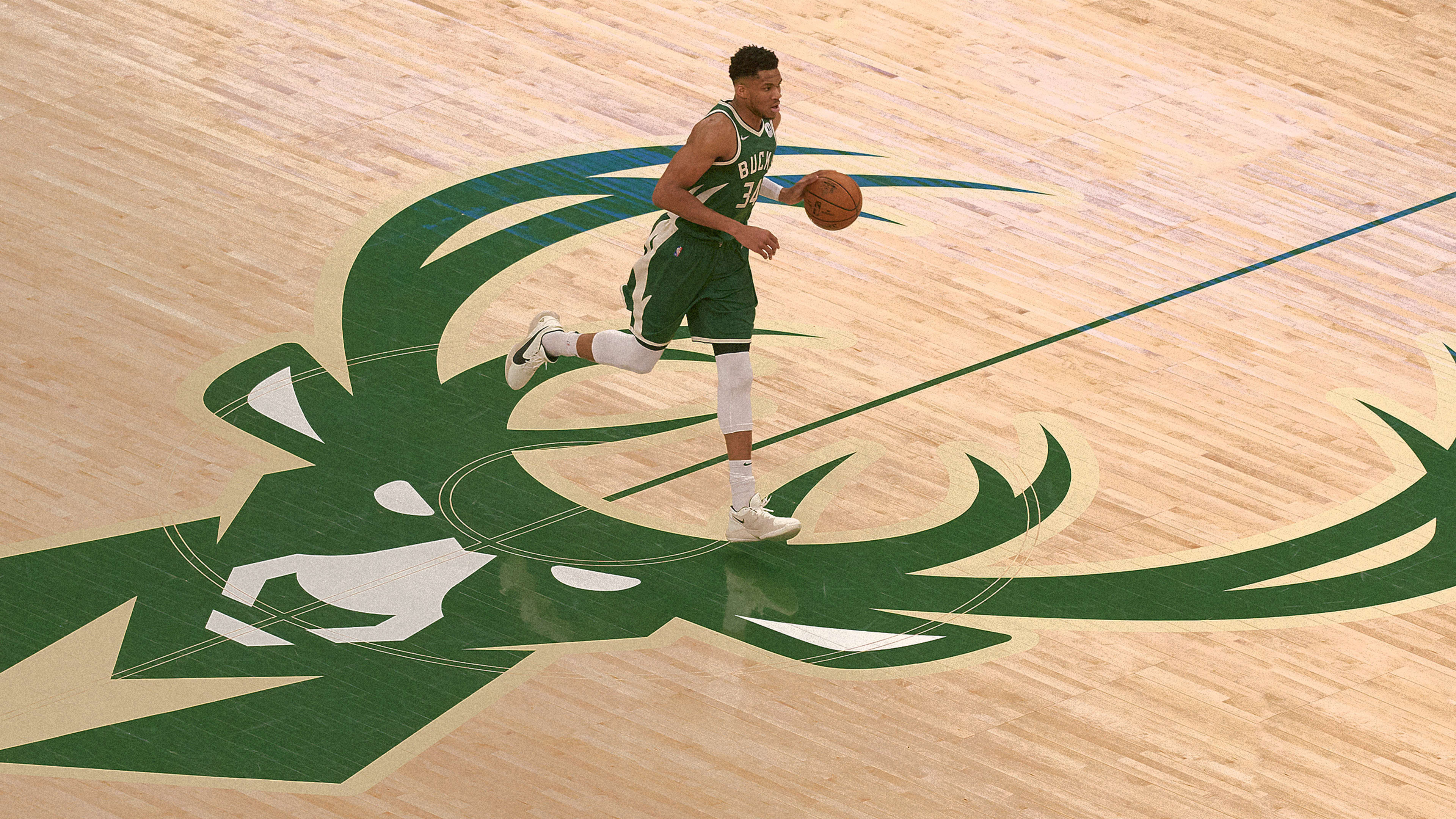Heading into next week’s playoffs, the Milwaukee Bucks have the best record in the NBA. They posted this season’s longest winning streak (16 games), and they’ve gone about their business without the drama that makes for headlines and fuels talking-head debate shows.
As the Bucks pursue their second championship in three years, it’s easy to forget that just a decade ago the team was struggling on the floor, and any fan would have been hard-pressed to find Bucks apparel outside of Milwaukee’s old Bradley Center.
When Wes Edens, Marc Lasry, and Jamie Dinan purchased a majority interest in the Bucks from longtime owner Herb Kohl in April of 2014, their vision was not only to build a team that could compete for titles but to become a growth company and create the infrastructure needed to become a legacy brand. Such lofty aspirations and goals are usually promised when new ownership takes over a team. It takes patience, extreme luck, and years of going through trial and error. The fact that Milwaukee is one of the smallest markets in the NBA only adds to the challenge.
Here’s how the Bucks have pulled off one of the most remarkable transformations in all of sports, reshaping their image and brand locally, nationally and globally.
Feed the local fans
The last heyday for the Bucks came at the tail end of the ’90s and early 2000s when the high-scoring trio of Ray Allen, Sam Cassell, and Glenn Robinson fell a game short of a Finals berth in 2001. Unfortunately, the organization was never able to build upon that success on the court, nor within the city.
Bucks’ Chief Marketing Officer Dustin Godsey became the organization’s first-ever marketing hire in April of 2012. One of the first things he noticed while traveling around Milwaukee was how there was virtually no one wearing the team apparel. “We put together a program where we had little wooden tokens that we gave all of our staff,” Godsey says. “If they saw people on the street wearing Bucks gear, we would reward the fans with a free drink at their next Bucks game.”
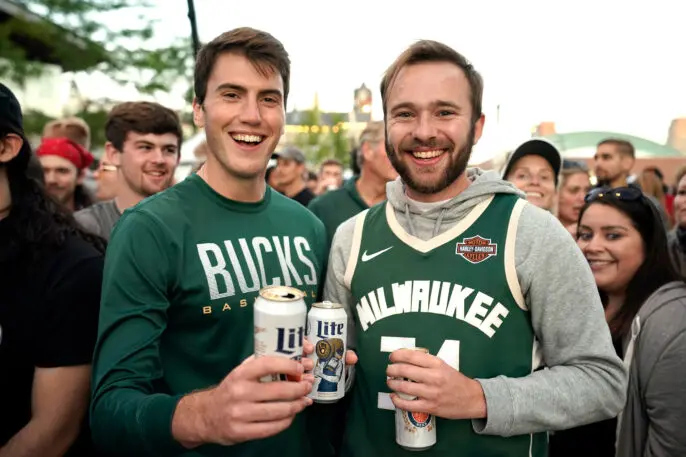
With the change in ownership came a new way of operating, and the first line of business was reintegrating the team within the fabric of the local market. Whether it was being present at Summerfest, or taking players on bus tours through Wisconsin, the Bucks wanted to be visible and involved.
“We were sort of a forgotten brand even in our own city,” Godsey says. “It was a lot of grassroots outreach, and giving people permission to believe that this franchise can accomplish things that it hadn’t in a really long time.”
Turn liabilities into assets
Usually, any NBA franchise approaching the league about rebranding can expect a multiyear process due to a lot of existing licensing deals, so the unpopularity of Bucks apparel reduced that period to just a few months.
“It was an opportunity for us to really go out and say this is a different organization,” says Godsey. “I think the timing was important to be able to really put the stake in the ground and provide a rallying point that tangibly showed a new era of Bucks basketball.”
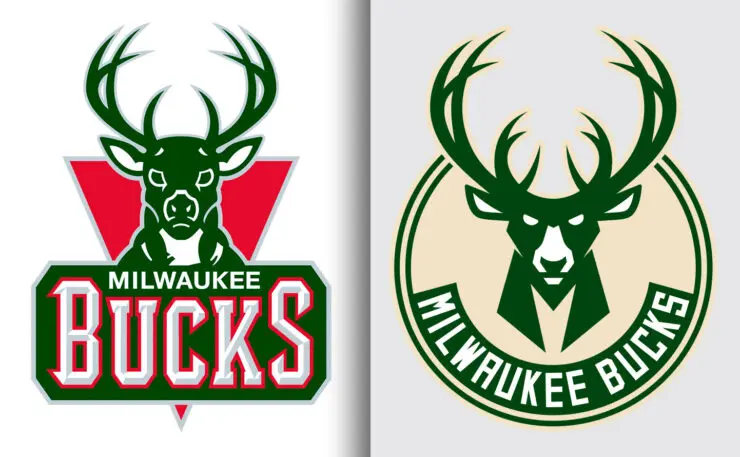
Fast-forward to today, merchandise sales are over $10 million annually. The Bucks ranked fourth in the league in team merchandise sales for the first half of the season with Giannis Antetokounmpo’s jersey the third most popular—right below LeBron James and Steph Curry. In February, the club launched its Bucks In Six lifestyle apparel line with Milwaukee streetwear brand Unfinished Legacy. (The name Bucks In Six derives from former Bucks player Brandon Jennings’ famous proclamation during the 2012 playoffs after the East-best Miami Heat went up 2-0 in their first-round series.)
The rebrand and on-court success have had a tremendous impact on the brand’s recognition. Before the rebrand, the Bucks ranked 29th in the NBA in total followers with 780K followers across all channels. Today, they sit at more than 17 million, 13th in the league. They rank behind only the Golden State Warriors and the Los Angeles Lakers in YouTube subscribers and are regularly in the top five in impressions.
Create a destination
When Lasry, Edens, and Dinan purchased the Bucks from Kohl, the deal included a clause that would allow the NBA to buy back the team for a potential relocation if the new ownership didn’t get a formal plan for new arena construction in place. By March 2016, the trio had their plan, which included 30 acres of prime Milwaukee real estate.
“Suddenly it became how can we create this living room destination for the city,” says Bucks and Fiserv Forum president Peter Feigin, hired by the owners in October 2014 to help develop the team’s new home. “Then it became, how do we get people to live and work here and how can we aggregate people 365 days of the year—well 320 because of the weather.”
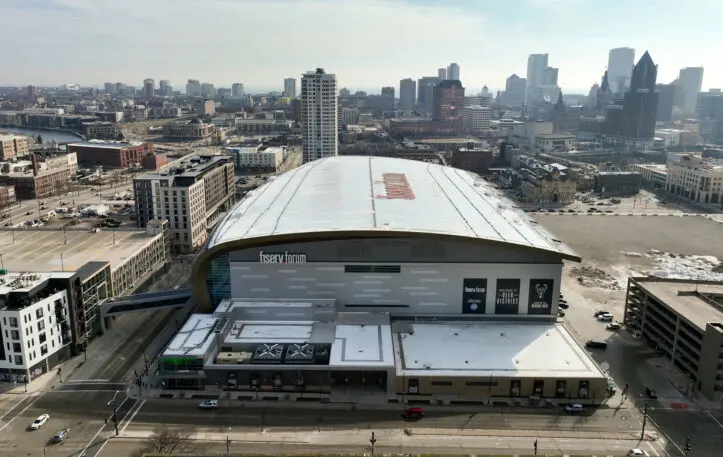
Fiserv Forum opened in 2018. The $524 million arena is the crown jewel of the Buck redevelopment. What was formerly the Park East Freeway is now known as Deer District. The arena is surrounded by dining and entertainment options, luxury apartments, and various real estate options still in discussion. Upcoming Deer District developments include a 200-plus room Marriott Autograph Collection hotel called The Trade, opening next month, two FPC Live-operated music venues that are projected to open in the summer/fall of 2024 and bring $25 million additional dollars to the city. Along with Fiserv, the surrounding businesses have thus far created over 15,000 full and part-time jobs
The Deer District was introduced to the world during the 2021 Finals run when an estimated 65,000 gathered outside of the arena to cheer their team on. That image changed the perception of the city, which now hosts events like the WWE, UFC, Elton John, and Bruce Springsteen.
“We want to constantly raise the bar,” Feigin says. “We want to set ridiculous standards and goals. We don’t want to be an example of the Midwest for the NBA. We want to be a global example.”
A little talent doesn’t hurt
There is no better amplifier for an NBA franchise than employing one of the game’s best players, and the Bucks have arguably the best in the world in Giannis Antetokounmpo. His impact on the floor is massive. What he’s done for the visibility of Bucks basketball from a local and global standpoint is exponential. Currently, averaging a career-high 31.1 points along with 11.7 rebounds and 5.6 assists, the two-time MVP is not only the team’s engine but a magnet for global fans.
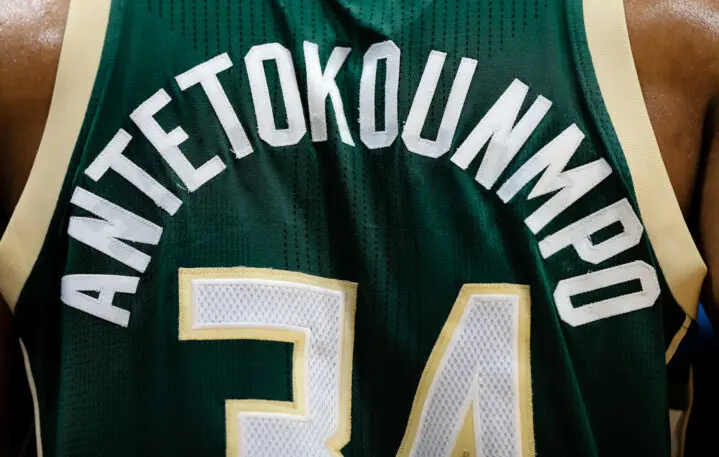
When the Bucks selected Antetokounmpo with the 15th pick in the 2013 NBA Draft, the then-skinny 18-year-old of Nigerian descent, born in Greece, was an unknown to NBA fans. Now, he’s identifiable across the world only by his first name. The Bucks have two times the league average in media views on Twitter and 50 percent more Instagram reel views than the NBA average.
“The Giannis Effect is this globalization that puts us at the forefront,” Feigin says. “We have 500,000 people in the Philippines watching every game, not to mention the audience we have in Europe and Asia.”
Build a culture
The Bucks have built a culture where the focus is on getting better each day and winning. It’s a culture that is driven home by Antetokounmpo’s singular focus on maximizing every bit of his talent.
He also loves Milwaukee. More than just the location he primarily lives in, it’s the city where he’s grown into a man, father, and champion. Shortly after signing a five-year, $228.2 million extension in December of 2020, Antetokounmpo shared what the city meant to him.
“The way that this city has supported me and my family has been amazing since day one,” Antetokounmpo remarked then. “Since the day I walked into the Cousins Center gym and the Bradley Center, all I know is Milwaukee. When I came here, I fell in love with the city. It’s a city that loves basketball. It’s a place I want to be. It’s a place where I want to raise my kids.”
Just a few months after that, he led the Bucks to their first title since 1971. This week, he and his teammates will begin their quest to do it again.
Christopher Cason is a freelance journalist based in Chicago.
Recognize your brand’s excellence by applying to this year’s Brands That Matter Awards before the early-rate deadline, May 3.
